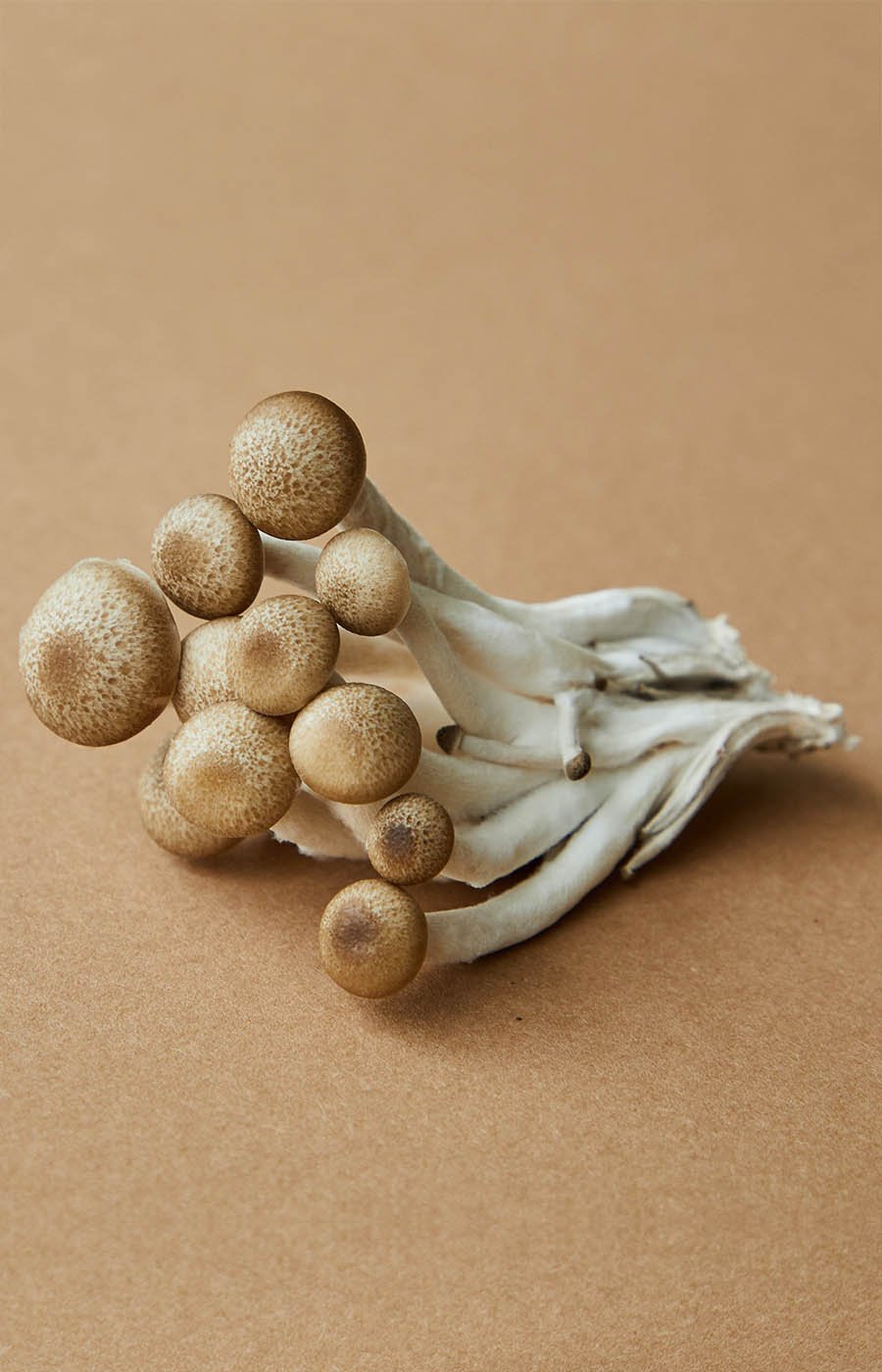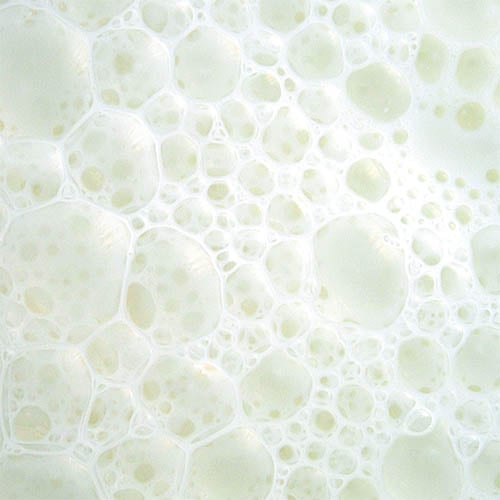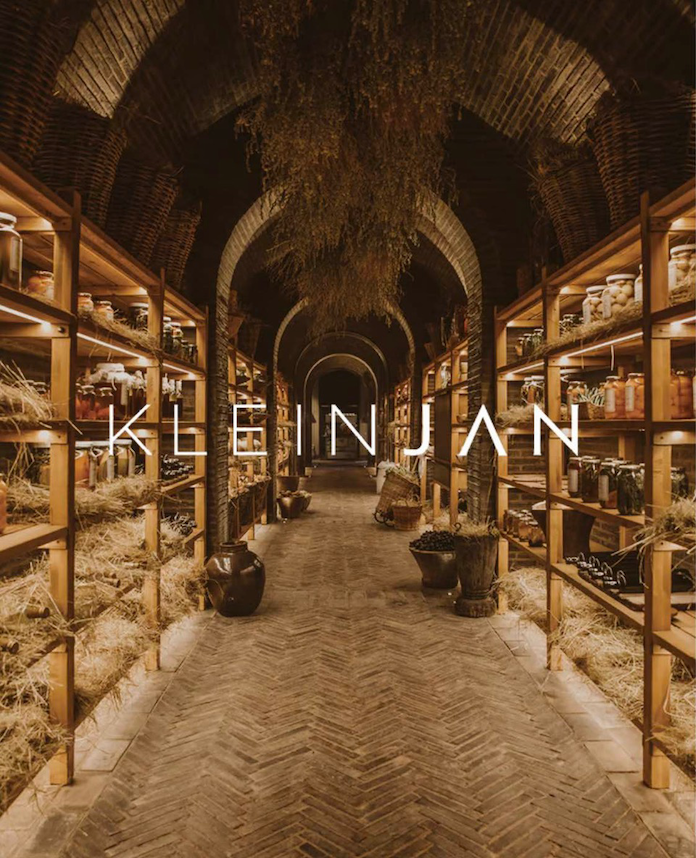A more sustainable kitchen
Twenty sustainable ingredients you need in your pantry
Let’s address the elephant in the room. All around the world, everyone’s talking about the impact of the pressing environmental issues of climate-change and how we can’t survive without the ice cap. We tend to suffer from climate anxiety when we hear about the impact of CO2 emissions on the environment from livestock production. We read about active campaigns against the carbon footprints of big corporations, and we are reminded daily how crucial sustainable living is.
Many of us suffer from infobesity, overwhelmed by talks about biodynamics and biodiversity, and buzzwords such as organic farming and permaculture. But what does this all mean, and how does it promote sustainable living? The problem seems so vast, one cannot help but wonder: “What sort of change can keep a whole planet’s ecosystem from imploding?” It’s a daunting task, of course, that can only be achieved with bite-sized changes at home. Might now be the time to change our modus operandi and how we perceive food? With International Earth Day approaching, we recently investigated some of the sustainable produce in South Africa one can use to promote sustainable living. And what we found was an abundance of delicious, locally produced foods to choose from that not only have a lower environmental impact but are produced by working with nature and without depleting natural resources.
The buzzwords explained
Producing sustainable produce encompasses various methods and calling a spade a spade (to kill a pun) might be just what we need to take a different approach to food and understand global warming and the effects our choices have on climate change and its effects on the environment. Let’s, therefore, delve into some of the techniques currently being used in South Africa to help alleviate the human impact on the environment.
Organic farming vs bio-dynamic farming
Organic farming, a term heard very often, involves the use of natural processes and materials to cultivate crops and raise animals, strictly avoiding the use of artificial fertilisers or synthetic chemicals, while bio-dynamic farming takes these strict standards one step further, minimising any inputs from outside the farm and emphasising the importance of maintaining a variety of living organisms such as plants, animals, fungi, and microorganisms in conjunction to one another. This is done to create a healthy and balanced, self-sustaining farm ecosystem, using natural preparations made from plants, minerals, and manure to enhance soil fertility and promote plant growth, incorporating lunar and astrological cycles in planting and harvesting so that the ecosystems can live in harmony.
There are plenty of popular organic and bio-dynamic farms in South Africa, such as Farmer Angus in the Cape Winelands, known for using natural methods to produce free range meats and vegetables. Bhejane Farm in KwaZulu Natal is known for its organic, free-range and ethically raised meat products and Camphill Village West Coast that operates a biodynamic farm which produces a range of organic fruits, vegetables and herbs. Some bio-diverse farms include Terra Madre in the Elgin Valley of the Eastern Cape, and Wild Organics in KwaZula-Natal, both growing organic fruits, vegetables and herbs.
Permaculture farming vs organic farming
Permaculture goes beyond organic farming and takes a holistic approach, working with nature to produce high yields and creating self-sustaining, environmentally friendly, and economically viable systems. While organic farming often has innovative elements, a permaculture farm integrates each of the elements into a functional relationship, mimicking nature and its deslen following natural principles. Food is grown and sold locally to reduce the energy needed to transport goods and use biodegradable or reusable packaging. Probably the main difference revolves around quantity. Organic farming centres around the production of a small number of commodities whereas permaculture is a farm design with many products, each benefitting the other as part of a holistic program.
Though some of these approaches differ somewhat, their end goal is the same: to produce healthy and nutritious food while minimising the negative impact on the environment.
TWENTY SUSTAINABLE INGREDIENTS FOR YOUR PANTRY
Now that we understand the different approaches to sustainable farming and how to promote sustainable living, how do we know what to choose and where to get it from? Based on the food pyramid, here are a few locally and sustainably produced alternatives to consider.

GRAINS
- Amaranth: This indigenous grain is sustainable because it is drought-resistant, requires minimal fertilisation and pesticides, and can grow in a range of soil types, making it a low-input crop with a low environmental impact (we suggest visiting from The Harvest Table).
- Sorghum: This is another drought-tolerant indigenous grain that can grow in poor soil, making it a sustainable crop that requires fewer resources and inputs than other crops.
Visit The Harvest Table’s website for a selection of high-quality locally sourced grains. Alternatively, you can also purchase a variety of locally sourced sustainably produced grains from Eureka Mills (Heidelberg).
PROTEIN
- Game meat: If not raised on farms and sourced from the wild, it requires no inputs or resources to raise. These animals are lean and high in protein, making them a healthy source of protein. Over the last year, in partnership with Taste of Game, Jan Hendrik has worked with a wide variety of game meat to explore ways of incorporating game meat into our diet more, the recipes for which can be found in JAN the Journal Volume 10.
Mussels: Mussels are farmed in South Africa, which means they do not deplete wild populations. They are also a good source of protein and other nutrients.
Mopane worms: This traditional South African produce is harvested from the mopane tree, which does not require any inputs or resources to grow. They are also high in protein, making them a nutritious food source.
Lentils: Lentils are a plant-based protein source that requires fewer resources to grow than meat. They are also high in fibre, vitamins, and minerals.
Mushrooms: Mushrooms are also considered a sustainable alternative to meat, grown without the use of harmful pesticides or fertiliser. These plants have a relatively low carbon footprint compared to other forms of protein, as they require less energy and resources to produce. They can also be grown on a variety of substrates, including waste products such as straw or sawdust, which reduces waste. This product -is nutrient-dense and can be used in a variety of dishes, making it versatile and a sustainable ingredient of choice.
Visit Babylonstoren in the Franschhoek wine valley for a wide selection of meats, vegetables and diary products. You can also pop in at the Slow Market in Willowbridge every Saturday and Sunday for a variety of artisanal, locally sourced and sustainable products, including meat, baked goods, artisanal cheeses and locally roasted coffee.


FRUITS AND VEGETABLES
- Pumpkins: These can be grown year-round and do not require as much water as other vegetables. They are also high in vitamins and minerals, which makes them a nutritious addition to the diet.
- Sweet potatoes: This root vegetable is drought-resistant and can be grown in poor soil. It is also a good source of nutrients, including fibre, vitamins, and minerals.
- Marog (wild spinach): This indigenous leafy green grows naturally in the wild and therefore requires no inputs or resources to cultivate.
- Marula: Though quite hard to find fruit is also indigenous to South Africa and requires fewer resources to grow and transport. It is also high in vitamin C, making it a nutritious addition to the diet.
- Kel-apple: The Kel-apple is a hardy fruit that grows in dry, arid regions of South Africa. The fruit is high in vitamin C and antioxidants, and it is often used to make jams and jellies.
- Sour fig: The sour fig, also known as the suurvy in Afrikaans, is a small fruit that grows in the Western Cape region of South Africa. The fruit has a tart flavour and is ideally used to make preserves and pickles.
- Cape gooseberry: Also known as the physalis, the Cape gooseberry is a small, golden fruit with a sweet, tangy flavour. The fruit is high in vitamin C and antioxidants, and it is often used in desserts and baked goods.
- Mobola plum: The Mobola plum, also known as the Venda plum or the Monkey plum, is a fruit that grows in the northern parts of South Africa. The fruit has a sweet, tart flavour and is high in vitamin C and antioxidants. It is often used to make jams and chutneys.
In Cape Town? Make your way to the Oranjezicht City Farm Market in Cape Town, otherwise, visit Meuse Farm in Houtbay for a wide variety of high-quality, organically produced vegetables, herbs and fruits. You can also find a wide variety of fresh and sustainably farmed produce at the Pretoria Boeremark when visiting Gauteng.
DAIRY
- Goat’s milk: Goats require fewer resources and inputs than cows to produce milk. They are also more resistant to disease and can thrive in a range of environments, making them a low-maintenance dairy option.
- Sheep’s milk: As with goats, sheep require fewer resources and inputs than cows to produce milk. They are also able to thrive in harsh environments, making them a low-maintenance dairy option.
- Amasi (maas or mafi: Though produced from cow’s milk, amasi is a fermented dairy product that does not require refrigeration, which reduces its environmental impact. It is also a good source of probiotics.
Fairview in Paarl supplies a wide range of high-quality artisanal cheeses and dairy products made from goat’s milk and cow’s milk. Alternatively, visit Babylonstoren for a selection of fresh milk, amasi, and a selection of fresh dairy products. Don’t forget to visit Wild Peacock when you’re in Stellenbosch for a wide variety of high-quality artisanal food products, including a wide range of goat’s and cow’s milk cheeses.


FATS AND OILS
- Olive oil: The tree has a lifespan of several hundred years, making them a long-term investment for farmers. Olive trees are also drought-resistant and require minimal irrigation, making them ideal for regions with water scarcity. The oil extraction process can also be done mechanically, eliminating the need for chemical solvents. It is also high in monounsaturated fats and antioxidants, making it a healthy cooking oil.
- Macadamia nuts: Macadamia nuts are indigenous to South Africa and widely produced. These nuts are grown and harvested using environmentally friendly methods and without harmful chemicals and pesticides. Macadamia trees require significantly less water than other nut trees, also making them a more sustainable crop in water-scarce areas and having a long shelf life, which reduces food waste and makes them a more sustainable food choice.
If you can’t make it to the Oranjezicht Market in Cape Town, the visit the Cape Town Market or the Johannesburg Fresh Produce Market for a selection of locally sourced fruits and vegetables.














